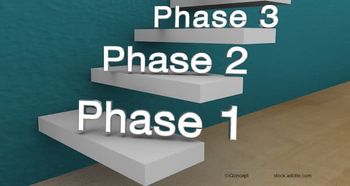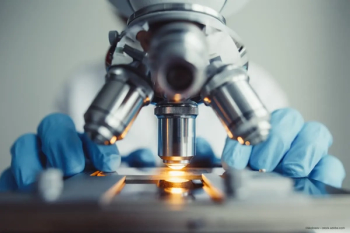
SLT not best for PEXG patients
Performing selective laser trabeculoplasty (SLT) in patients with pseudoexfoliative glaucoma (PEXG) may in fact cause a rise in intraocular pressure (IOP), according to results published in the October issue of BMC Ophthalmology.
Performing selective laser trabeculoplasty (SLT) in patients with pseudoexfoliative glaucoma (PEXG) may in fact cause a rise in intraocular pressure (IOP), according to results published in the October issue of BMC Ophthalmology.
Before SLT treatment, patients had a mean IOP of 25.8±1.9 mmHg. Following SLT treatment, IOP initially dropped but then rebounded to pre-treatment levels, necessitating trabeculectomy: at day 10, IOP was 18.1±1.4 mmHg; at 31.5±7.6 days, IOP was 25.4±1.6 mmHg. In these patients, MMP-2 and TIMP-2 were 58.52±9.66 µg/ml and 105.96±27.65 µg/ml, respectively. In PEXG with cataract patients, these levels were 57.77±9.25 µg/ml and 105.19±28.53 µg/ml, respectively. The ratio of MMP-2 to TIMP-2 was 1.87:0.64 in the PEXG group, 1.88:0.65 in the PEXG with cataract group and 1.11:0.44 in control subjects.
The researchers concluded that this increase in the MMP-2/TIMP-2 ratio may be associated with any IOP increase that occurs after SLT in PEXG patients.
Newsletter
Get the essential updates shaping the future of pharma manufacturing and compliance—subscribe today to Pharmaceutical Technology and never miss a breakthrough.












































